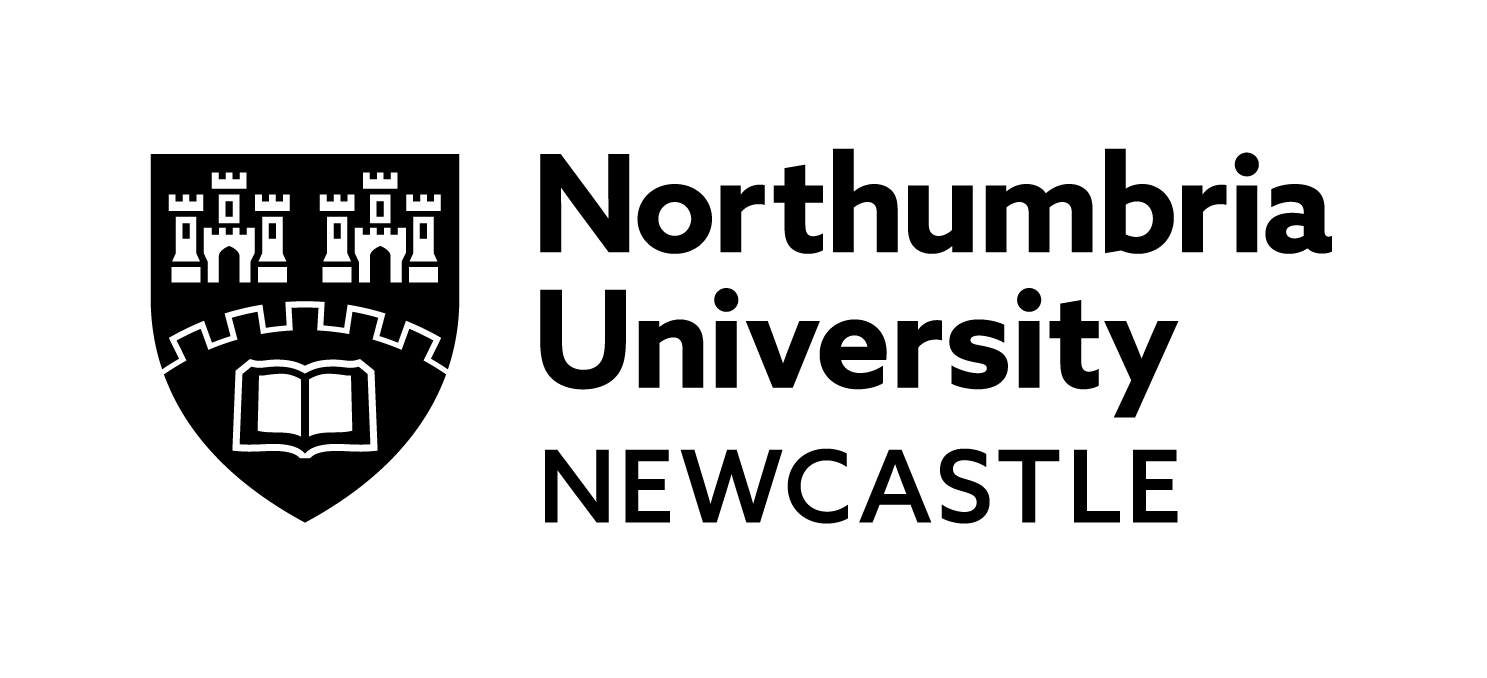Projects & Applications
A showcase of projects and applications in academia and industry that have used gprMax. If you have an interesting project that you would like to feature, please contact us.
Our publications section provides a listing of research papers that have cited gprMax. There are a wide range of different applications in the fields of engineering, geophysics, archaeology, and medicine.
Modeling Realistic Multi-Offset 2D GPR Data | University of Trieste, Italy & University of Potsdam, Germany

We present a realistic 2-D multi-offset, multi-frequency synthetic GPR dataset designed as a benchmark for testing new processing and inversion algorithms. The dataset replicates realistic subsurface conditions (Koyan and Tronicke, 2020) across four sections using 50, 100, and 200 MHz central frequency Ricker wavelets. Using the open-source gprMax platform, the data are generated with carefully defined acquisition geometries and simulation parameters.
- Realistic Modeling: dataset mimics true subsurface heterogeneities by incorporating multi-offset measurements that capture varying wavefront interactions.
- Multi-frequency Data: data simulated at 50, 100, and 200 MHz, the dataset allows exploration of frequency-dependent effects on resolution and inversion.
- Benchmarking Capability: extensive technical validation—including analysis of amplitude spectra and acquisition geometry—is provided to ensure the dataset can serve as a standard benchmark.
- User-Friendly Resources: visit Mendeley Data for accompanying Python scripts along with detailed documentation and SEG-Y formatted files, supporting easy data visualization and further methodological developments.
This open-access dataset is intended to empower the GPR community by providing a robust framework for evaluating and improving advanced GPR data processing and interpretation techniques.
Contact: Philipp Koyan or Giacomo Roncoroni
Futher reading: Roncoroni, G., Koyan, P., Forte, E., Tronicke, J., Pipan, M. A realistic 2D multi-offset, multi-frequency synthetic GPR data set as a benchmark for testing new algorithms. Sci Data 12, 221 (2025).Modeling realistic 3D GPR data | University of Potsdam, Germany
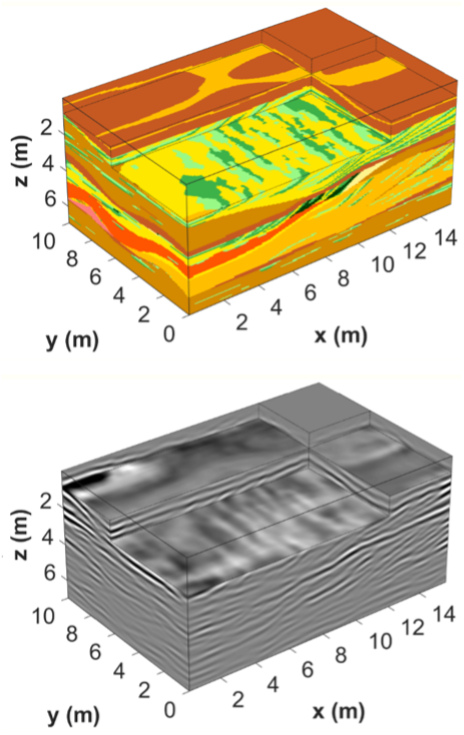
3D subsurface models and corresponding GPR datasets are of great interest to develop and evaluate novel approaches in data analysis and interpretation. However, the simulation and typical use of synthetic GPR data is largely limited to rather simple 2D subsurface scenarios and modeling results are hardly made available for the GPR community. We:
- establish a 3D realistic, multi-scale heterogeneous model based upon outcrop observations,
- use the powerful GPU engine in gprMax to produce 3D GPR data volumes with different source frequencies (50, 100, and 200 MHz) densely sampling the entire model area, and
- provide a publicly available dataset hosted at Mendeley data including
- the model and the 100 MHz GPR data volume (HDF5 and VTK data format) and
- documented MATLAB and Python scripts to load and visualize model and GPR data
to support future methodological developments in GPR and other near-surface geophysical techniques. Visit the corresponding author website to find contact information and associated publications.
Contact: Philipp Koyan (corresponding author) or Jens Tronicke
Futher reading: Koyan, P., & Tronicke, J. (2020). 3D modeling of ground-penetrating radar data across a realistic sedimentary model. Computers & Geosciences, 137, 104422. 10.1016/j.cageo.2020.104422Spectral soil properties | Leibniz Institute for Applied Geophysics, Germany
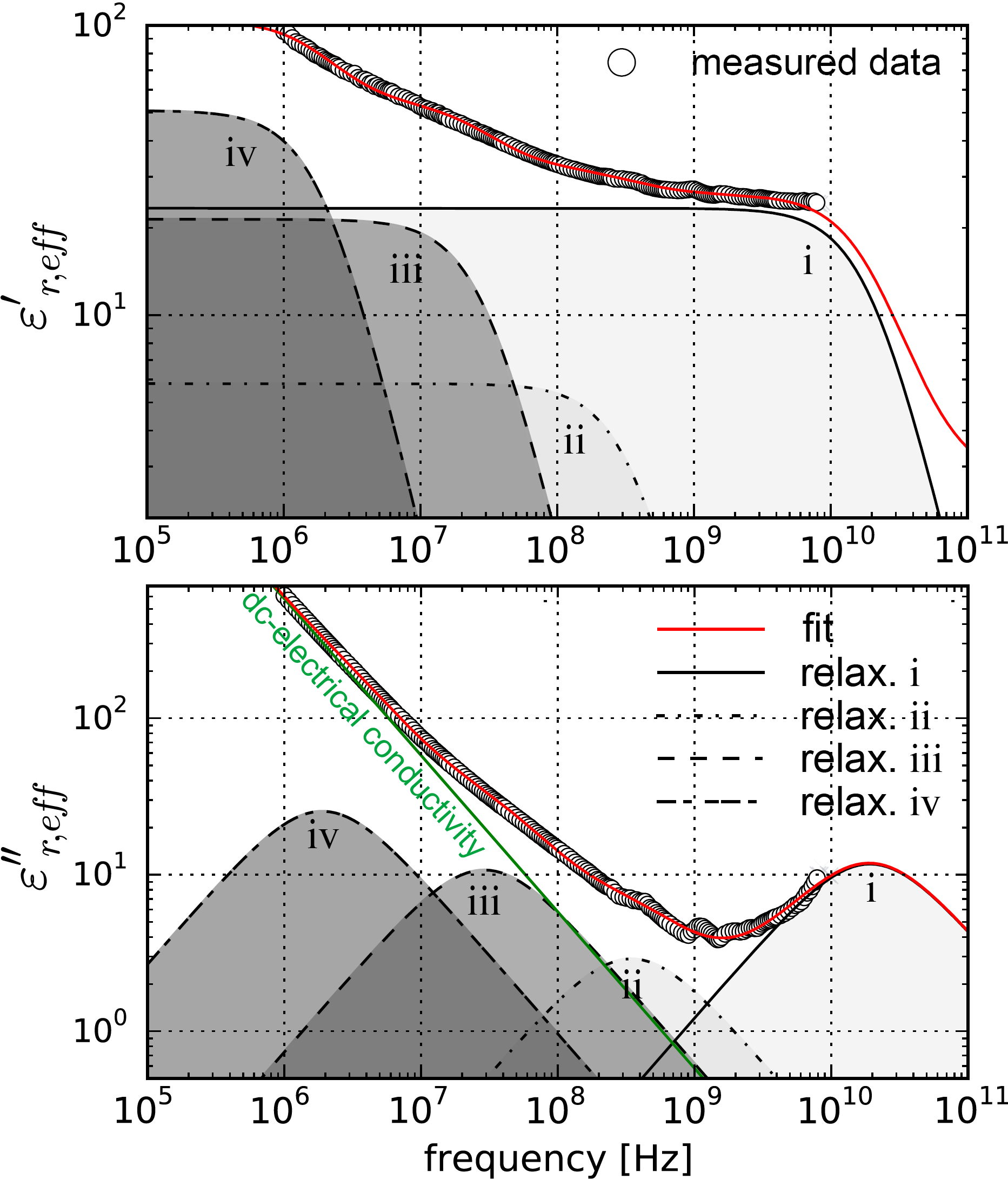
We have been investigating the influence of soil properties on landmine detection for several years. Some of the factors limiting GPR performance comprise:
- the contrast between the soil and target
- scattering due to the heterogeneity and micro-topography of the soil
- wave attenuation due to DC electrical conductivity and dielectric relaxations
Especially for buried targets, like unexploded ordnance (UXO) or improvised explosive devices (IED), the frequency-dependent nature of complex dielectric permittivity can play an important role. In the frequency band of GPR, a variety of dielectric relaxation mechanisms and losses due to electrical conduction take place in a moist soil (shown in the figure). These absorption mechanisms individually act on the frequency content of the GPR wavelet while propagating through the subsurface.
At our laboratory we investigate the electromagnetic properties of soils in a very broad frequency range using the coaxial transmission line technique. The figure shows a decomposition of the measured data for silty clay into 4 Debye models and a DC electrical conductivity term. The relaxations correspond to the free water relaxation and a combination of interfacial processes (counter ions relaxation in clay interlayers, relaxation of adsorbed/hydrated water, Maxwell-Wagner effects).
We use the new dispersive material modeling capabilities of gprMax for making simulations in ultra-realistic media based on the multi-pole Debye decomposition.
Contact: Markus Loewer or Dr Jan Igel
SENSWOOD | Université catholique de Louvain, Belgium
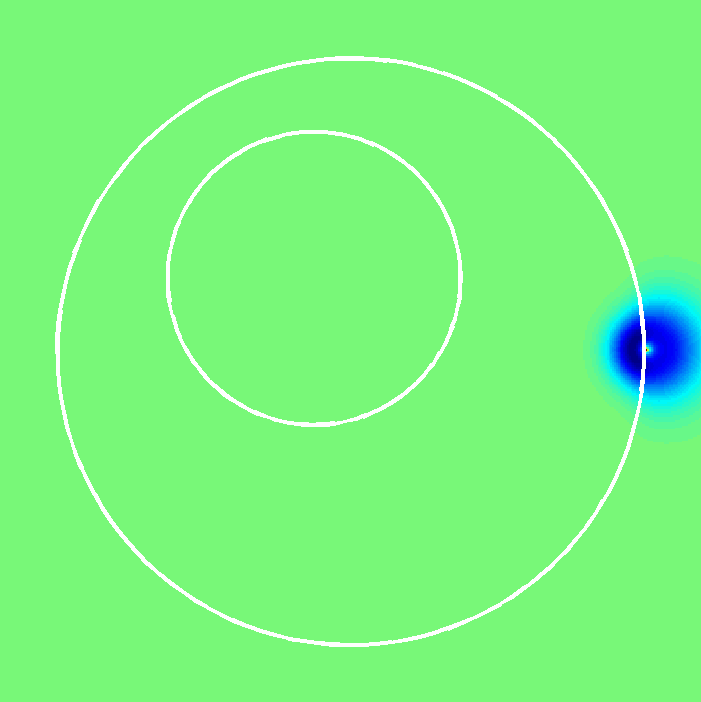
The SENSWOOD project is focused on non-invasive investigation of tree trunks to determine internal structures and wood properties. Trees can be harmed by natural defects and biological degradation which, at an advanced stage, can lead to collapse. We are trying to eliminate accidents caused by fallen trees, especially in urban areas, and to improve a defect recognition for industrial use. It is therefore necessary to understand the internal conditions of tree trunks.
Tree trunk tomography has many complexities:
- high moisture of living wood (30–200% of the weight of wood for a living tree)
- heterogeneities of the tree trunk (heartwood, sapwood, and bark)
- anisotropy of the wood (grain orientation)
- roughness of a bark and external profile of a tree trunk
The simulation was performed in order to observe the propagation of the electric field in the presence of cylindrical structures. The model consists of an air-filled cylinder (internal circle) embedded in another cylinder filled with dry sand (external circle). The background of the model is air. The simulation uses zero-offset reflection imaging with the transmit/receive point on the right of the image.
Contact: Jana Ježová or Prof. Sébastien Lambot
Futher reading: Ježová, J., Mertens, L., Lambot, S. (2016). Ground-penetrating radar
for observing tree trunks and other cylindrical objects. Construction and Building Materials,
123, 214-225. 10.1016/j.conbuildmat.2016.07.005
COST Action TU1208 | European Cooperation in Science and Technology
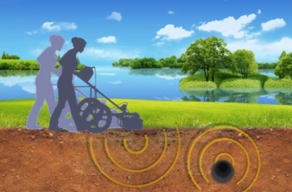
A European Cooperation in Science and Technology (COST) Action on Civil Engineering Applications of Ground Penetrating Radar that is part of the Transport and Urban Development domain, and runs from 2013-2017. It focuses on the exchange of scientific-technical knowledge and experience of GPR techniques in Civil Engineering. It also aims to promote throughout Europe the effective use of this safe and non-destructive inspection method.
The Action is establishing and strengthening links between universities, research institutes, companies and end users working in this field, fostering and accelerating its long-term development in Europe. There are more than 150 Institutions from 29 COST Member Countries (Austria, Belgium, Croatia, Czech Republic, Denmark, Estonia, Finland, France, Germany, Greece, Ireland, Israel, Italy, Latvia, Macedonia, Malta, Netherlands, Norway, Poland, Portugal, Romania, Serbia, Slovakia, Spain, Sweden, Switzerland, Turkey, United Kingdom) as well as international partner countries.
Contact: Dr Lara Pajewski


